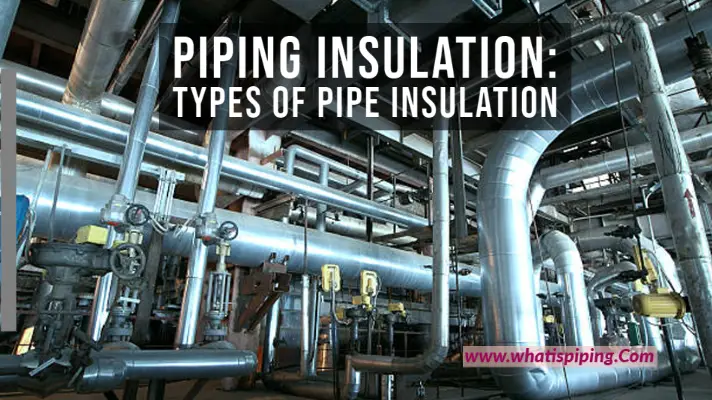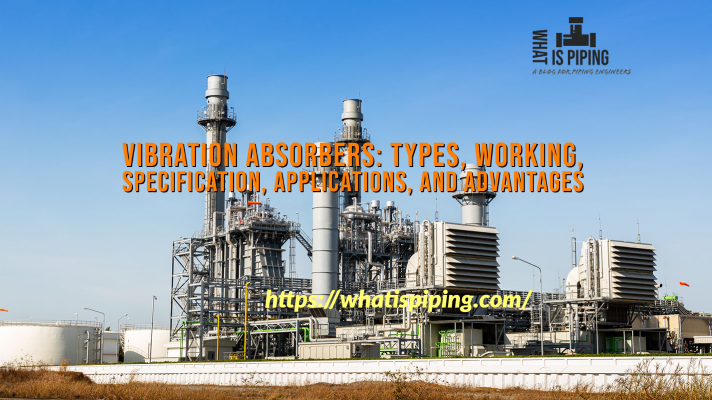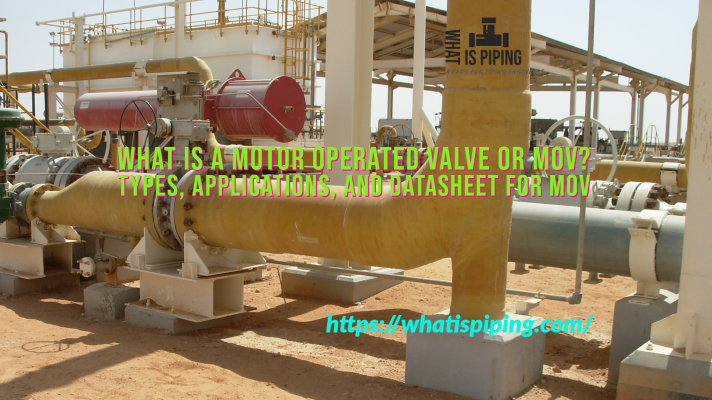In various industries, proper support and protection for piping systems are crucial to ensure optimal performance and longevity. Insulated pipe supports play a significant role in maintaining the integrity of the pipelines while providing thermal insulation, vibration control, and noise reduction. In this article, we will explore what insulated pipe supports are, the different types available, design considerations, applications, and reputable manufacturers in the industry.
What is Insulated Pipe Support?
Insulated pipe supports, also known as pre-insulated pipe supports or pipe shields, are specialized components used to support and protect pipelines. These supports are designed to provide thermal insulation, vibration isolation, and acoustic attenuation to the piping system, enhancing overall efficiency and safety.
Types of Insulated Pipe Supports
In general, there are three types of insulated pipe supports. they are
- Hot insulated Pipe Supports,
- Cold Insulated Pipe Supports, and
- Acoustic Insulated Pipe Supports
Sometimes there could be a combination of two types of insulation pipe shields which are known as dual-insulated pipe supports.
Hot Insulated Pipe Support:
Hot-insulated pipe supports are specifically designed for high-temperature applications, where they provide thermal insulation to prevent heat loss, ensure worker safety, and maintain the desired temperature within the pipeline. They typically consist of a metal cradle or hanger with an insulating material, such as mineral wool or high-temperature foam, to minimize heat transfer.
Cold Insulated Pipe Support:
Cold-insulated pipe supports are utilized in low-temperature applications, where they are responsible for preventing heat gain, condensation, and ice formation. These supports are typically constructed using materials with excellent thermal resistance, such as polyurethane foam or cellular glass, to maintain the desired low temperature within the pipeline.
Acoustic Insulated Pipe Support:
Acoustic insulated pipe supports are primarily used to minimize noise and vibration transmission from the piping system to the surrounding environment. They incorporate sound-absorbing materials, such as rubber pads or resilient inserts, to reduce noise levels and ensure a quieter working environment.
Design Considerations for Insulated Pipe Support Shields
When designing insulated pipe supports, several factors should be considered to ensure their effectiveness and longevity:
- Load-bearing capacity: The supports must be capable of handling the weight of the pipeline and its contents.
- Thermal conductivity: The insulation material should have low thermal conductivity to minimize heat transfer.
- Corrosion resistance: The support system should be resistant to corrosion and chemical attack, ensuring long-term durability.
- Fire resistance: In high-temperature applications, fire-resistant materials should be employed to prevent the spread of flames.
- Vibration control: The supports should have vibration isolation properties to minimize the transmission of vibrations to the surrounding structures.
- Thermal expansion: The design should account for thermal expansion and contraction of the pipeline to prevent stress buildup.
Applications of Insulated Pipe Supports
Insulated pipe supports find applications in various industries, including but not limited to:
- Petrochemical plants
- Power generation facilities
- HVAC (Heating, Ventilation, and Air Conditioning) systems
- Cryogenic installations
- Food and beverage processing plants
- Pharmaceutical facilities
- Chemical processing plants
Insulated Pipe Support Selection
Selecting the right insulated pipe support for a specific application is crucial to ensure the optimal performance and longevity of your piping system. Here are some factors to consider when choosing insulated pipe supports:
- Temperature Range
- Insulation Material
- Load-Bearing Capacity
- Corrosion Resistance
- Fire Resistance
- Vibration Control
- Thermal Expansion
- Compliance with Standards
- Expert Advice
- Reputed Manufacturers
Difference between Hot Insulated and Cold Insulated Pipe Support
The main differences between Hot Insulated and Cold Insulated Pipe Supports are listed in table-1 below:
| Criteria | Hot Insulated Pipe Support | Cold Insulated Pipe Support |
|---|---|---|
| Temperature range | High temperatures | Low temperatures |
| Purpose | Prevent heat loss | Prevent heat gain |
| Insulation material | Mineral wool, high-temperature foam | Polyurethane foam, cellular glass |
| Corrosion resistance | Typically stainless steel | Typically stainless steel |
| Fire resistance | Fire-resistant materials | Fire-resistant materials |
| Vibration control | Vibration isolation properties | Vibration isolation properties |
| Typical applications | Steam lines, process heating | Chilled water lines, refrigeration systems |
Important Terms Associated with Insulated Piping Supports
Here are some terms that often arise while learning about insulated pipe supports:
Pre-Insulated Pipe Support:
Pre-insulated pipe supports refer to pipe support systems that come pre-fabricated with built-in insulation. These supports are designed to provide both structural support for the pipeline and thermal insulation to minimize heat loss or gain. They typically consist of a metal or composite support structure with insulation material integrated into it. Pre-insulated pipe supports offer the advantage of convenience, as they are ready to install and eliminate the need for separate insulation installation.
Pipe Shields:
Pipe shields, also known as pipe clamps or pipe saddles, are devices used to support and protect pipelines. They are typically installed at regular intervals along the pipeline to prevent sagging, minimize vibrations, and reduce stress on the pipe. Pipe shields come in various designs and materials to accommodate different pipe sizes and applications. They provide stability and help maintain the integrity of the pipeline.
Insulated Pipe Shields:
Insulated pipe shields are specialized pipe supports that incorporate insulation material to provide thermal insulation in addition to the standard support functions. These shields are designed to minimize heat transfer and maintain the desired temperature within the pipeline. By preventing heat loss or gain, they enhance energy efficiency, reduce operating costs, and protect against potential condensation or freezing issues. Insulated pipe shields are commonly used in applications where temperature control is critical, such as in HVAC systems, industrial process piping, and cryogenic installations.
Thermal Pipe Shields:
Thermal pipe shields are a type of pipe support designed specifically to address thermal insulation requirements. They are typically used in high-temperature applications to protect against heat loss and ensure worker safety. Thermal pipe shields are constructed with materials that have excellent thermal resistance properties, such as mineral wool or high-temperature foam. These shields effectively reduce heat transfer, maintain the desired temperature within the pipeline, and contribute to energy efficiency.
Insulated pipe supports are essential components for maintaining the integrity and efficiency of piping systems. They provide thermal insulation, vibration control, and acoustic attenuation, ensuring safety, energy conservation, and improved performance. By selecting the appropriate type of insulated pipe support and considering the design factors, industries can optimize their processes while prolonging the lifespan of their pipelines. When sourcing insulated pipe supports, it is recommended to choose reputed manufacturers who offer high-quality and reliable products to meet your specific project requirements.
Online Course on Pipe Support Engineering
If you want to learn more details about pipe support engineering then the following online course is a must for you:








